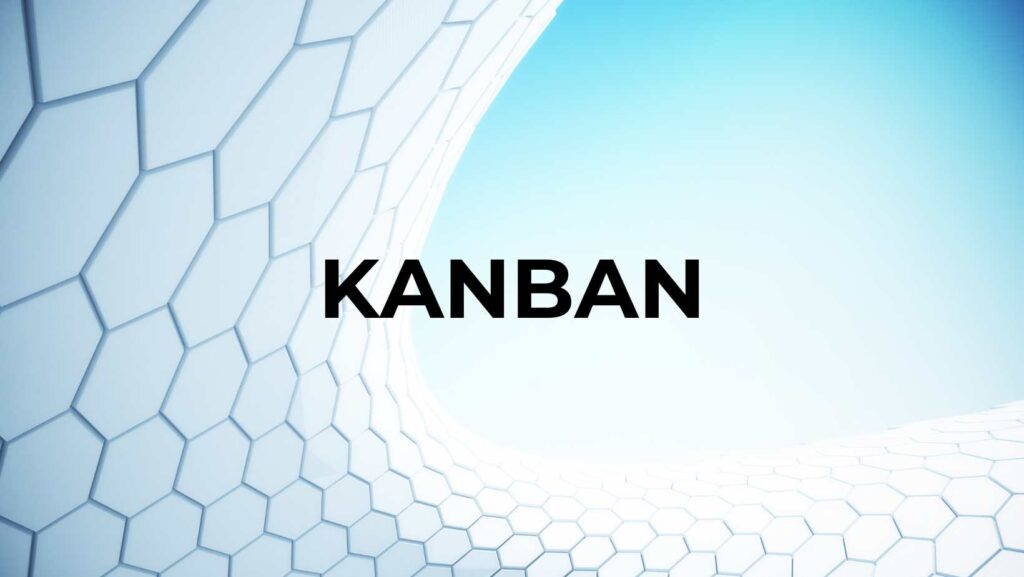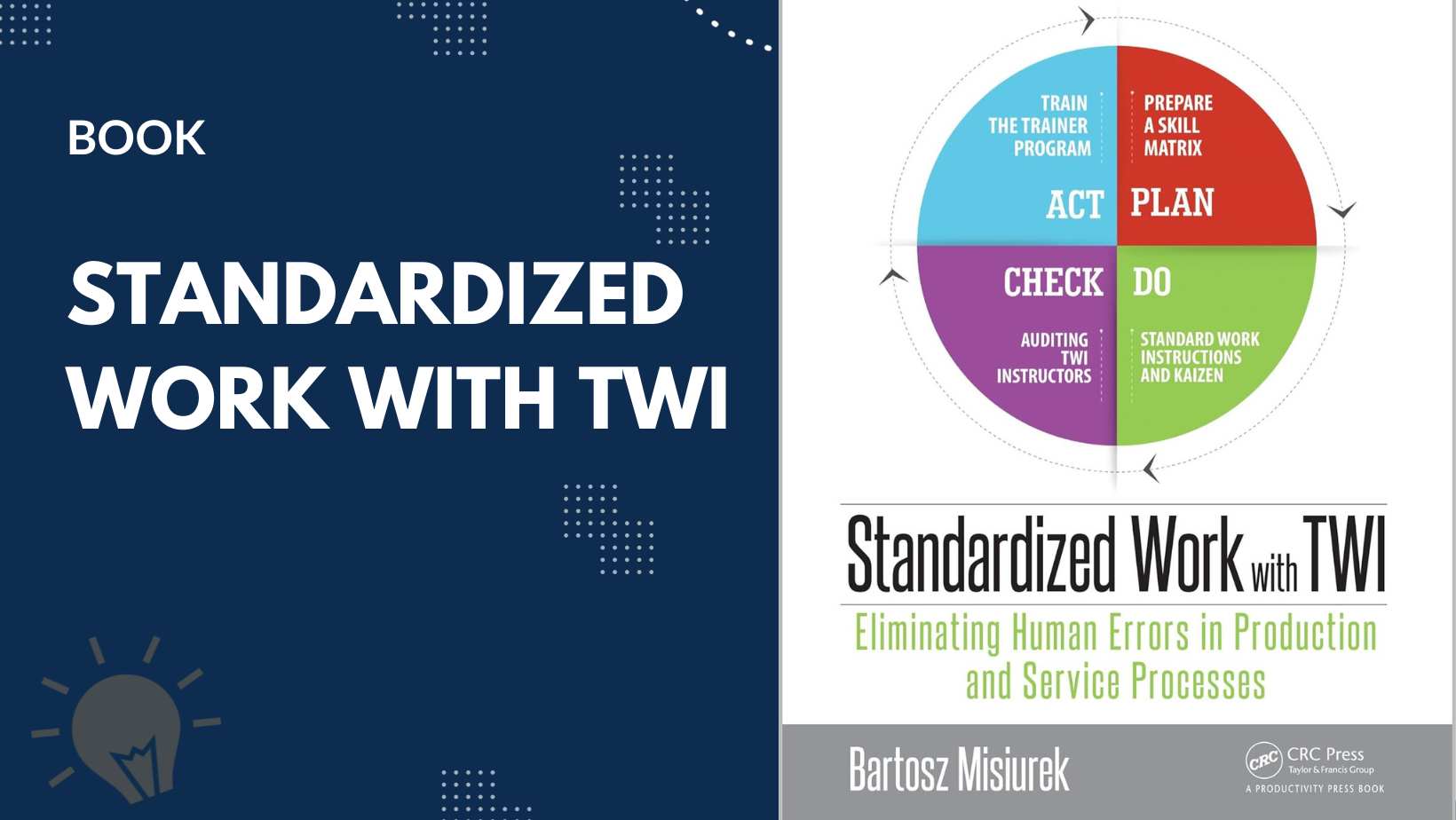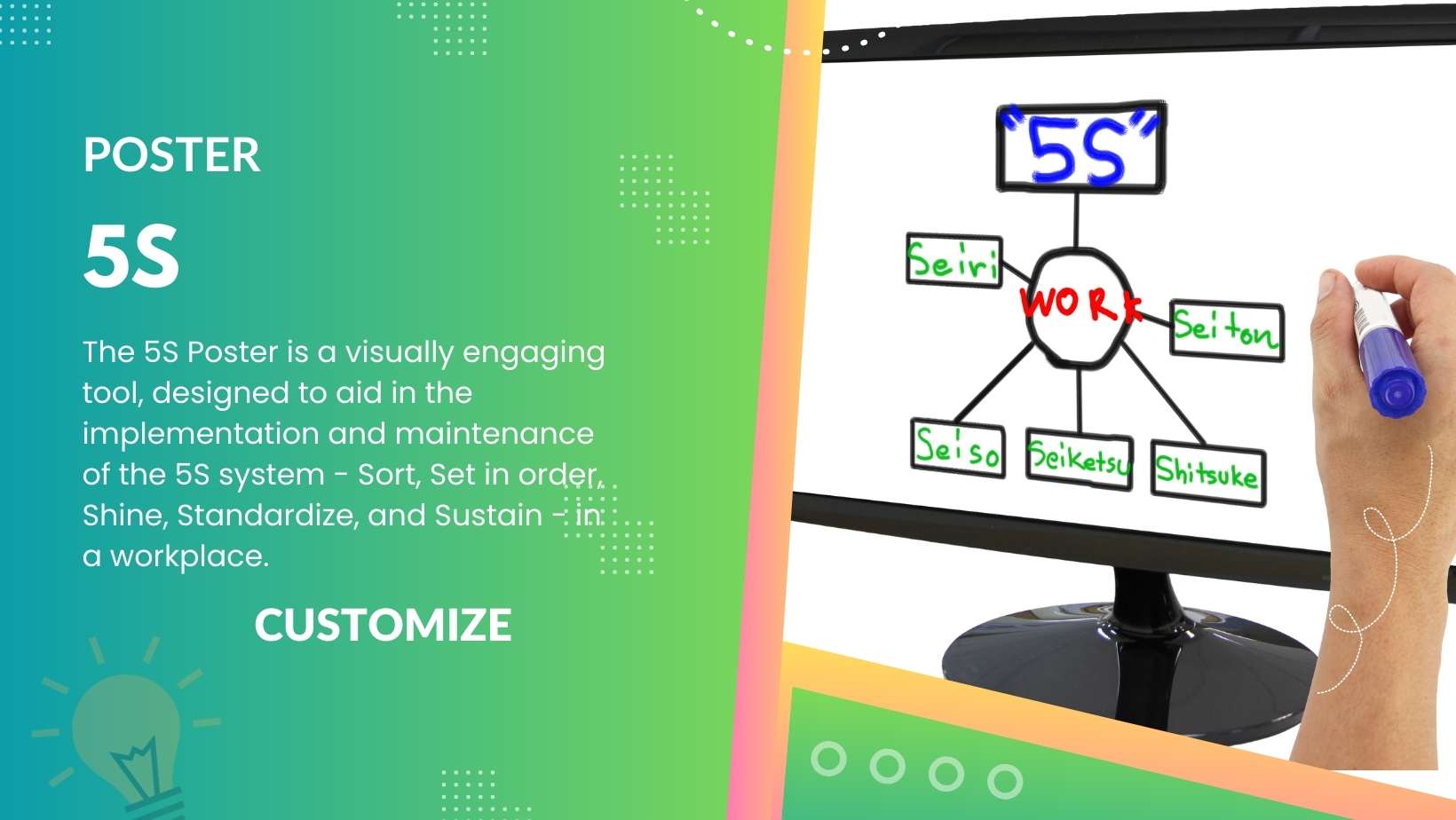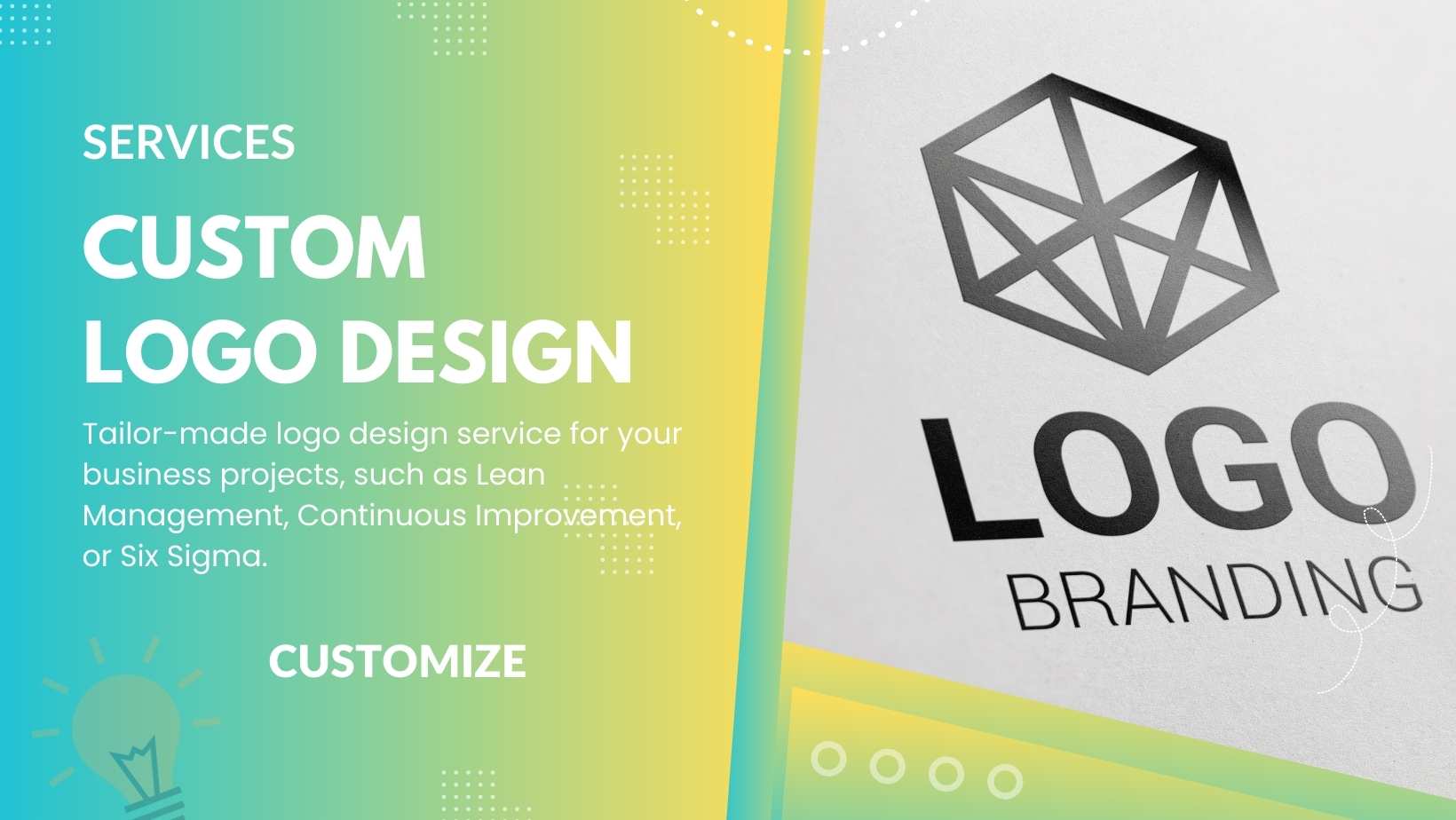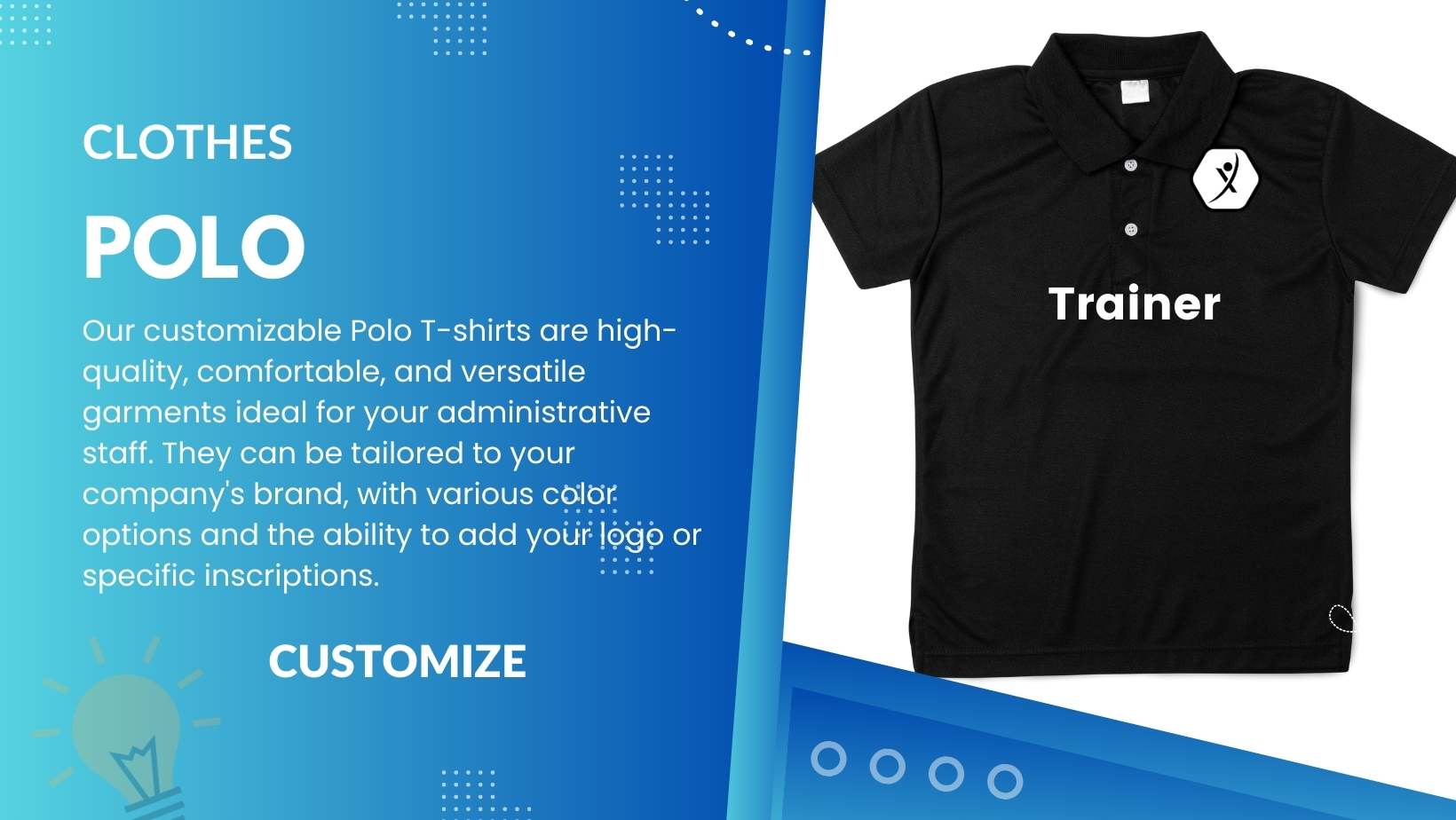Kanban, translating to “visual sign” in Japanese, is a system for managing workflow with real-time visual representation. Originating from Toyota’s production, it has expanded globally, optimizing processes in various sectors. Here, a particular visual system emerges as a quintessential tool, renowned for transforming organizational efficiency. It is a methodology not limited by industry or task complexity, finding its utility in varied sectors, from manufacturing floors to the sophisticated corridors of software development.
Kanban emphasizes visualization and transparency, where tasks are displayed on a board, showcasing work progress and flow. It fosters real-time communication, making workflow status accessible to all team members.
Table of Contents
ToggleOrigin and Evolution of Kanban
This method traces its roots to Toyota’s production system. It was a simple yet profound solution to optimize work processes, ensuring tasks flowed seamlessly from inception to completion. Its inception marked a departure from complicated task management tools, anchoring its foundations on visualization and simplicity.
The Power of Visualization through Kanban
Central to this methodology is the visual representation of work. Tasks are no longer abstract entities lost in the convoluted world of sheets and files. They are visual elements, each with a designated place on a board, moving fluidly as they transition through various completion stages. This visibility isn’t merely aesthetic; it’s functional, turning the board into a real-time informational hub.
Workflow Transparency in Kanban
Every task’s status is visible at a glance. In this ecosystem, transparency isn’t a lofty goal but an operational reality. Team members, managers, and stakeholders can instantly assess the workflow status. It’s this transparency that paves the path for enhanced communication, reduced misunderstandings, and elevated efficiency.
Kanban Board Anatomy
The board, divided into columns, depicts different workflow stages. Tasks progress from one column to another, reflecting their completion status. It’s a real-time informational hub promoting transparency.
Limiting Work in Progress
A distinctive attribute of this visual system is its emphasis on limiting ongoing tasks. Every task is given the attention and resources it deserves, ensuring it’s not just completed but perfected. This limitation isn’t a constraint but an enabler, ensuring focus isn’t dispersed and quality isn’t compromised.
Adaptability and Flexibility
In a business landscape marked by change, the ability to adapt is not just valued but vital. This methodology is inherently adaptable. As priorities shift and new tasks emerge, they are seamlessly integrated into the existing workflow, ensuring the team is always attuned to the most pressing priorities.
Collaborative Ecosystem
Collaboration is another hallmark. With tasks and their statuses in clear view, team members can easily identify where help is needed. It’s a system where tasks aren’t just executed but are collectively owned, turning every board into a collaborative playground.
Continuous Improvement and Kanban
Learning and improvement are ingrained into this methodology. Every task, every process is an opportunity for learning. Bottlenecks are not just identified but are seen as opportunities for refinement. It’s a journey of continuous improvement, where every iteration is better than the last.
Beyond Traditional Boundaries
While its origins are rooted in manufacturing, this method has transcended traditional boundaries. Its principles are universal, finding resonance in diverse sectors. In software development, it turns abstract coding tasks into visual elements, and in project management, it transforms complex projects into manageable, visual tasks.
The Digital Transformation
The digital revolution has augmented this methodology. Virtual boards have emerged, breaking geographical constraints and enabling remote collaborations. Real-time updates, integrations with other tools, and enhanced features turn every virtual board into a powerhouse of collaborative efficiency.
Reflective Insights in Kanban
As we step back, we realize that this is not just a tool but a philosophy. It’s about making work visual, manageable, and improvable. It’s about turning every task into a visible entity, every board into a collaborative canvas, and every process into an opportunity for continuous improvement.
Wrapping It Up – Kanban
In a world where efficiency is not just desired but demanded, this visual management system stands as a testament to the power of simplicity, transparency, and collaboration. It’s a world where tasks are visual, workflows are transparent, and improvement is continuous. The number of tasks in progress is a visible testament to the team’s focus, and adaptability is not just an attribute but an operational reality. Every board, whether physical or digital, is a narrative of tasks flowing seamlessly from inception to completion, a story of efficiency, quality, and continuous improvement.
